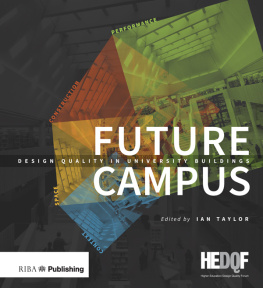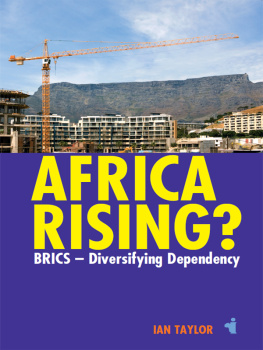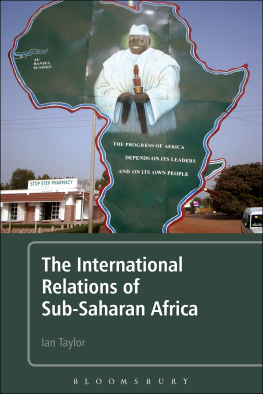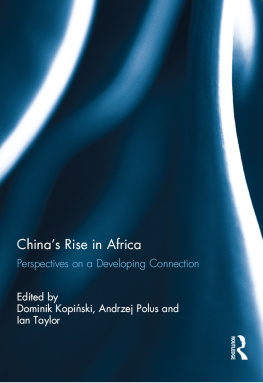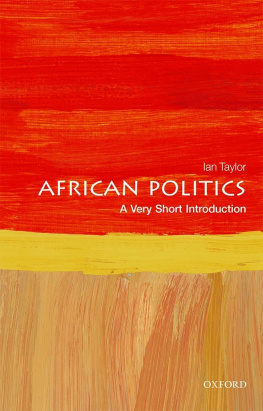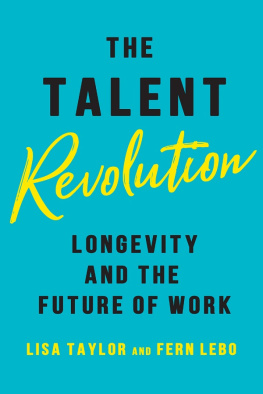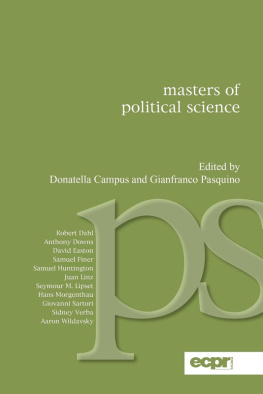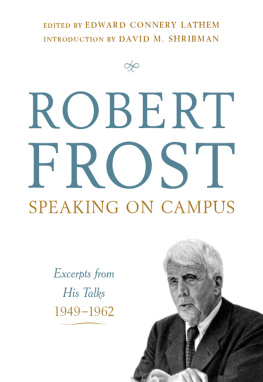Ian Taylor - Future Campus
Here you can read online Ian Taylor - Future Campus full text of the book (entire story) in english for free. Download pdf and epub, get meaning, cover and reviews about this ebook. year: 2019, publisher: RIBA Publishing, genre: Home and family. Description of the work, (preface) as well as reviews are available. Best literature library LitArk.com created for fans of good reading and offers a wide selection of genres:
Romance novel
Science fiction
Adventure
Detective
Science
History
Home and family
Prose
Art
Politics
Computer
Non-fiction
Religion
Business
Children
Humor
Choose a favorite category and find really read worthwhile books. Enjoy immersion in the world of imagination, feel the emotions of the characters or learn something new for yourself, make an fascinating discovery.
- Book:Future Campus
- Author:
- Publisher:RIBA Publishing
- Genre:
- Year:2019
- Rating:5 / 5
- Favourites:Add to favourites
- Your mark:
- 100
- 1
- 2
- 3
- 4
- 5
Future Campus: summary, description and annotation
We offer to read an annotation, description, summary or preface (depends on what the author of the book "Future Campus" wrote himself). If you haven't found the necessary information about the book — write in the comments, we will try to find it.
Future Campus — read online for free the complete book (whole text) full work
Below is the text of the book, divided by pages. System saving the place of the last page read, allows you to conveniently read the book "Future Campus" online for free, without having to search again every time where you left off. Put a bookmark, and you can go to the page where you finished reading at any time.
Font size:
Interval:
Bookmark:

Future Campus
RIBA Publishing., 2016
Reprinted 2018
Published by RIBA Publishing,
66 Portland Place, London, W1B 1NT
ISBN 9781 85946 610 0
ISBN 9781 85946 716 9 (pdf)
The right of Ian Taylor to be identified as the Author of this Work has been asserted in accordance with the Copyright, Designs and Patents Act 1988 sections 77 and 78.
All rights reserved. No part of this publication may be reproduced, stored in a retrieval system, or transmitted, in any form or by any means, electronic, mechanical, photocopying, recording or otherwise, without prior permission of the copyright owner.
British Library Cataloguing-in-Publication Data
A catalogue record for this book is available from the British Library.
Publisher: Steven Cross
Commissioning Editor:
Elizabeth Webster
Production: Richard Blackburn
Designed and typeset: Paul Tilby
Printed and bound: Page Bros, Norwich
Cover design: Paul Tilby
Cover image credit: Hufton & Crow
While every effort has been made to check the accuracy and quality of the information given in this publication, neither the Author nor the Publisher accept any responsibility for the subsequent use of this information, for any errors or omissions that it may contain, or for any misunderstandings arising from it.
www.ribapublishing.com
Tom Kvan
Rupert Cook and Philip E. Ogden
Jonas Nordquist
Heidi Corbet, Ian Caldwell and Ian Goodfellow with Michael Riebel and Oliver Milton
Gabriel Aeppli
Fiona Duggan
Andy Ford
Ian Taylor
Julian Robinson
Joanna Eley
Kenn Fisher
Mike Entwisle
Tom Kvan
Jonas Nordquist
Eleanor Magennis
Julian Robinson
Universities exist both to create and to disseminate knowledge, playing a major role in innovation and in the transmission of ideas from one generation to another. The modern university takes many forms, with considerable contrasts in history, size and location, and in the balance between teaching, learning and research. Universities play a major role within their local communities in education, in their contribution to the economy and in generating a sense of pride and engagement. The built environment can include museums and art galleries, theatres and concert halls, as well as research laboratories, libraries and lecture halls. Most institutions have national significance and a large number both operate and compete at an international level.
The central argument of this book is that the physical space of the university and the quality of design of that space matter. They matter for the student experience of teaching and learning, for the effective pursuit of research and for institutional reputation. The present built environment of most universities shows the extent of the challenge of planning space effectively: heroic successes sit alongside occasional failures, both aesthetic and functional. The purpose of this book is to try to show:
- why good design matters
- how best it can be encouraged and procured, and
- how experience can be shared.
A number of themes emerge as particularly important.
First, although most universities have evolved into a mix of architectural styles and approaches as they have expanded, most do have a legacy of previous, often ambitious, masterplans. The best of these, and not least some of the oldest, reflect a clear conception of what a university is for, both pedagogically and socially. This book shows how masterplanning remains relevant to the modern university and, in a climate of often rapid change and growth, how difficult it can be to make a masterplan supple enough to endure.
Second, flexibility and sustainability need to be built in to projects as approaches to research and teaching evolve. This might involve creating new, or adapting existing, space to suit large, often collaborative, scientific research projects of international impact; creating specific spaces for expanding disciplines, such as Drama or Film Studies, and understanding how the modern student learns in spaces where the pedagogical and the social overlap and sustain each other. The specific issue of adapting historic buildings of high quality is implicit in a number of chapters in this book. Central also to the provision of space for the modern university is an understanding of the virtual world and of the scrambling of distinctions between home and institutional spaces for discovery and learning. A small but important aspect here is the continuing role of the university to provide residential accommodation and how this fits into a modern conception of higher education.
Third, is the aesthetic where universities have long sought to create buildings that enhance their reputation. Many of the leading architects in each generation, and perhaps most of all today, have been involved in university design, often producing striking and innovative buildings.
Finally, the book draws out some of the nuts and bolts issues of ensuring adequate budgets, value for money and utility, including methodologies for learning from buildings in use. Universities in many countries have expanded greatly over recent decades, with massive investment in the physical infrastructure.
This volume exemplifies the themes above, and others, by drawing on a wide range of case studies from different higher education systems. It also represents a very welcome collaboration between the Higher Education Design Quality Forum (HEDQF) and the Royal Institute of British Architects (RIBA) and I would like to thank the latter on behalf of the members of the former for helping us to bring the book to fruition. Particular thanks are also due to Ian Taylor and his colleagues for coordinating this volume with such skill, care and good humour. I hope it proves an enjoyable, informative and provocative read.
Professor Philip E. Ogden
Queen Mary University of London
Chair, Higher Education Design Quality Forum
June 2016
I wish to thank Feilden Clegg Bradley Studios and the HEDQF for supporting the creation of this book, which I dedicate to the memory of Richard Feilden, co-founder of FCB Studios. Richard was a moving force behind the creation of the HEDQF in the 1990s when he brought together clients and architects in a bid to gain a better understanding of each others needs, and was Chairman from 19952000. With the HEDQF now constituted as an independent charity, I hope that the book will help its work furthering the spirit of co-operation and learning between universities, professions and contractors involved in the creation of the physical estate for learning and research. I hope that the ideas exchanged here can reach a wide audience, and that the HEDQF can extend its efforts to share knowledge across all parts of the UK, Europe and internationally, at a time when there are political shifts away from integration. There is an ever-increasing need for collaboration: both between universities internationally, and between universities and their local communities.
Within FCB Studios I would like to thank Claire Hender for her liaison with the authors, photographers and RIBA Publishing and Joe Jack Williams and David Hawkins for contributions to .
I would like to thank Sarah Busby, Elizabeth Webster, Richard Blackburn and Steven Cross at RIBA Publishing for their expertise in creating this book, and in particular Heidi Corbet and Michael Riebel for their work in co-editing Section 2/Changing Spaces, and all the authors for their enthusiasm and skill in presenting their thoughts and experience so eloquently.
Font size:
Interval:
Bookmark:
Similar books «Future Campus»
Look at similar books to Future Campus. We have selected literature similar in name and meaning in the hope of providing readers with more options to find new, interesting, not yet read works.
Discussion, reviews of the book Future Campus and just readers' own opinions. Leave your comments, write what you think about the work, its meaning or the main characters. Specify what exactly you liked and what you didn't like, and why you think so.

